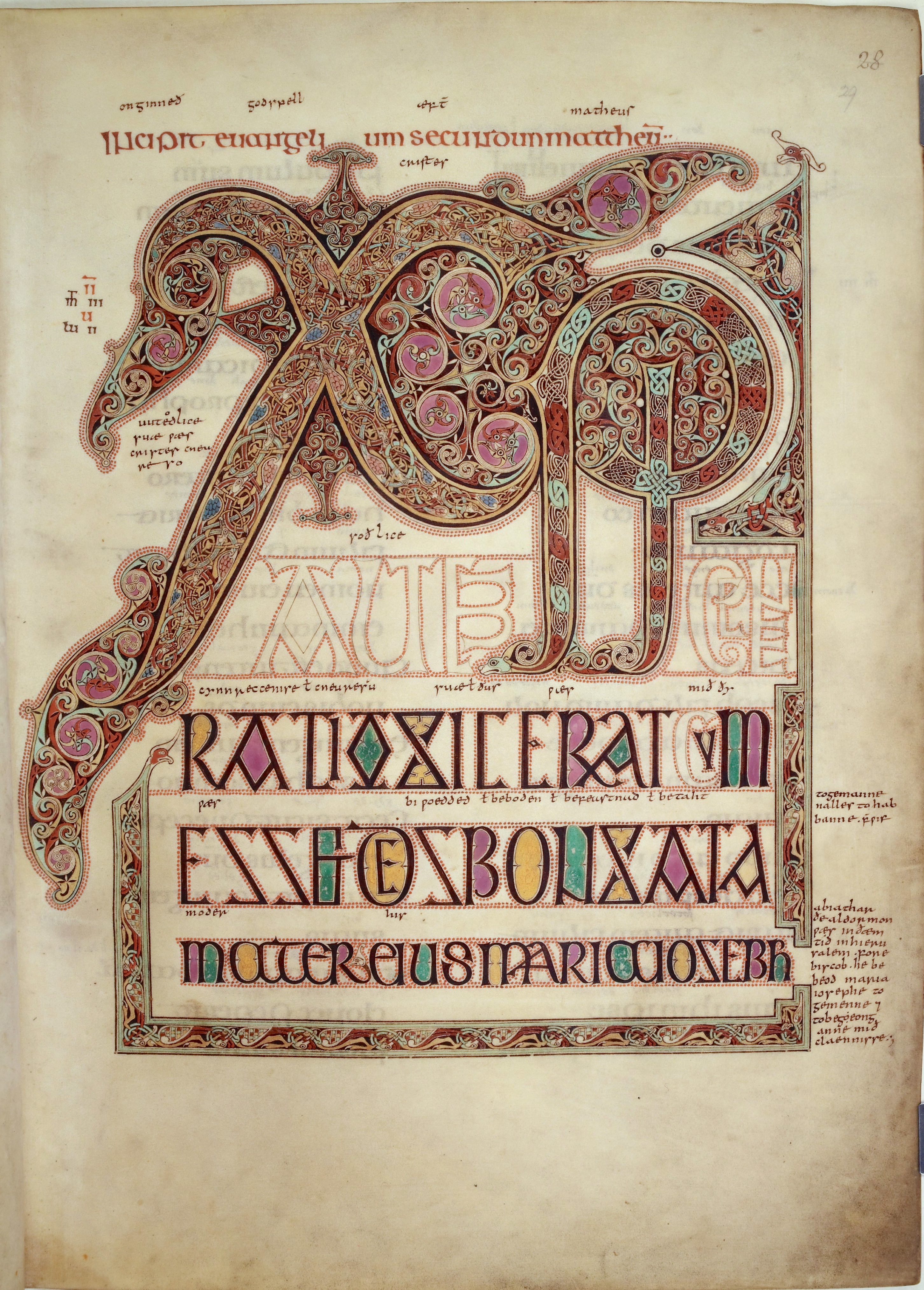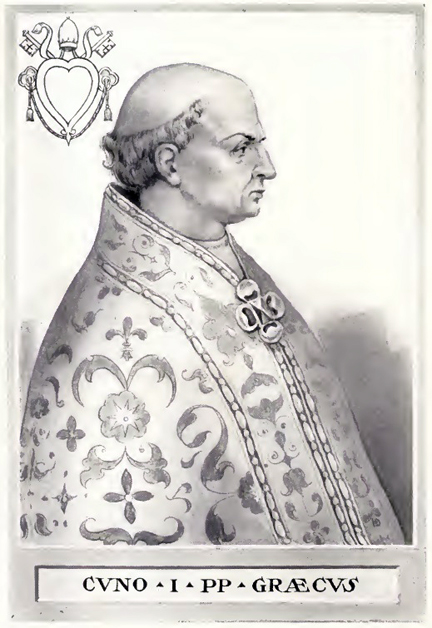|
Easterwine
Eosterwine (or Easterwine) (650 – 7 March 686) was the second Anglo-Saxon Abbot of Wearmouth in Northumbria (England). Descended from the noblest stock of Northumbria, as a young man he led the life of a soldier in the army of King Egfrid, the son of Oswy. When Eosterwine was twenty-four years old, he gave up the soldier's profession to become a monk in the monastery of Wearmouth, which was ruled by his cousin, Benedict Biscop. Here he followed the regular observance, taking his full share in the menial tasks. He was ordained priest in the year 679, and in 682 St. Benedict appointed him abbot of Wearmouth as coadjutor to himself."Eosterwine", '' The Oxford Dictionary of Saints'' 5th rev ed. (David Farmer, ed.) OUP, 2011, As superior "when he was compelled to repr ... [...More Info...] [...Related Items...] OR: [Wikipedia] [Google] [Baidu] |
Northumbrian Saints
This list of Northumbrian saints includes Christian saints with strong connections to the medieval Kingdom of Northumbria, either because they were of local origin and ethnicity (chiefly Anglian) or because they travelled to Northumbria from their own homeland and became noted in their hagiography for work there. Northumbria existed from the 7th–10th centuries in what is now northern England, along with areas of the Scottish Borders and the Lothian. Its chief ecclesiastical centre was York. During the reign of king Oswald of Northumbria, an Irish monk Aidan was invited to reconvert the area to Christianity. He and other Irish monks achieved this and subsequently the Northumbrians helped to reconvert much of the rest of England and also parts of the European continent. Saints See also * List of Anglo-Saxon saints * List of Welsh saints * List of Cornish saints * List of Irish saints * List of saints of the Canary Islands Footnotes {{Saints by country Northumb ... [...More Info...] [...Related Items...] OR: [Wikipedia] [Google] [Baidu] |
Anglo-Saxons
The Anglo-Saxons were a cultural group who inhabited England in the Early Middle Ages. They traced their origins to settlers who came to Britain from mainland Europe in the 5th century. However, the ethnogenesis of the Anglo-Saxons happened within Britain, and the identity was not merely imported. Anglo-Saxon identity arose from interaction between incoming groups from several Germanic tribes, both amongst themselves, and with indigenous Britons. Many of the natives, over time, adopted Anglo-Saxon culture and language and were assimilated. The Anglo-Saxons established the concept, and the Kingdom, of England, and though the modern English language owes somewhat less than 26% of its words to their language, this includes the vast majority of words used in everyday speech. Historically, the Anglo-Saxon period denotes the period in Britain between about 450 and 1066, after their initial settlement and up until the Norman Conquest. Higham, Nicholas J., and Martin J. Ryan. ''The An ... [...More Info...] [...Related Items...] OR: [Wikipedia] [Google] [Baidu] |
Rome
, established_title = Founded , established_date = 753 BC , founder = King Romulus ( legendary) , image_map = Map of comune of Rome (metropolitan city of Capital Rome, region Lazio, Italy).svg , map_caption = The territory of the ''comune'' (''Roma Capitale'', in red) inside the Metropolitan City of Rome (''Città Metropolitana di Roma'', in yellow). The white spot in the centre is Vatican City. , pushpin_map = Italy#Europe , pushpin_map_caption = Location within Italy##Location within Europe , pushpin_relief = yes , coordinates = , coor_pinpoint = , subdivision_type = Country , subdivision_name = Italy , subdivision_type2 = Regions of Italy, Region , subdivision_name2 = Lazio , subdivision_type3 = Metropolitan cities of Italy, Metropolitan city , subdivision_name3 = Metropolitan City of Rome Capital, Rome Capital , government_footnotes= , government_type = Mayor–council gover ... [...More Info...] [...Related Items...] OR: [Wikipedia] [Google] [Baidu] |
Burials At Glastonbury Abbey
Burial, also known as interment or inhumation, is a method of final disposition whereby a dead body is placed into the ground, sometimes with objects. This is usually accomplished by excavating a pit or trench, placing the deceased and objects in it, and covering it over. A funeral is a ceremony that accompanies the final disposition. Humans have been burying their dead since shortly after the origin of the species. Burial is often seen as indicating respect for the dead. It has been used to prevent the odor of decay, to give family members closure and prevent them from witnessing the decomposition of their loved ones, and in many cultures it has been seen as a necessary step for the deceased to enter the afterlife or to give back to the cycle of life. Methods of burial may be heavily ritualized and can include natural burial (sometimes called "green burial"); embalming or mummification; and the use of containers for the dead, such as shrouds, coffins, grave liners, and bur ... [...More Info...] [...Related Items...] OR: [Wikipedia] [Google] [Baidu] |
Abbots Of Wearmouth
Abbot is an ecclesiastical title given to the male head of a monastery in various Western religious traditions, including Christianity. The office may also be given as an honorary title to a clergyman who is not the head of a monastery. The female equivalent is abbess. Origins The title had its origin in the monasteries of Egypt and Syria, spread through the eastern Mediterranean, and soon became accepted generally in all languages as the designation of the head of a monastery. The word is derived from the Aramaic ' meaning "father" or ', meaning "my father" (it still has this meaning in contemporary Hebrew: אבא and Aramaic: ܐܒܐ) In the Septuagint, it was written as "abbas". At first it was employed as a respectful title for any monk, but it was soon restricted by canon law to certain priestly superiors. At times it was applied to various priests, e.g. at the court of the Frankish monarchy the ' ("of the palace"') and ' ("of the camp") were chaplains to the Merovingian an ... [...More Info...] [...Related Items...] OR: [Wikipedia] [Google] [Baidu] |
686 Deaths
__NOTOC__ Year 686 ( DCLXXXVI) was a common year starting on Monday (link will display the full calendar) of the Julian calendar. The denomination 686 for this year has been used since the early medieval period, when the Anno Domini calendar era became the prevalent method in Europe for naming years. Events By place Europe * Waratton, mayor of the palace of Neustria and Burgundy, dies and is succeeded by his son-in-law Berchar. He advises King Theuderic III to break the peace treaty with Pepin of Herstal, and declares war on Austrasia. Britain * King Cædwalla of Wessex establishes overlordship of Essex, and invades Kent for a second time. King Eadric is expelled, and Cædwalla's brother Mul is installed in his place. The sub-kings Berthun and Andhun are killed, and Sussex is subjugated by the West Saxons. * Cædwalla conquers Surrey, and tries to exterminate the Jutes of the Isle of Wight. He executes King Arwald and his two brothers. Cædwalla probably al ... [...More Info...] [...Related Items...] OR: [Wikipedia] [Google] [Baidu] |
650 Births
65 may refer to: * 65 (number) * ''65'' (film), an upcoming American science fiction thriller film * One of the years 65 BC, AD 65, 1965, 2065 In contemporary history, the third millennium of the anno Domini or Common Era in the Gregorian calendar is the current millennium spanning the years 2001 to 3000 (21st to 30th centuries). Ongoing futures studies seek to understand what is l ... * A type of dish in Indian cuisine, such as Chicken 65, Gobi 65, or Paneer 65 {{Numberdis ... [...More Info...] [...Related Items...] OR: [Wikipedia] [Google] [Baidu] |
Sigfrith
Sigfrith (also Sigfrid) (died 689) was abbot of Monkwearmouth Priory in north-east England. Sigfrith was a deacon at the time he was chosen "by Ceolfrid bbot of the twin abbey at Jarrowand the monks" (Bede, Lives of the abbots, 10 - 13). Bede states: :He was a man well skilled in the knowledge of Holy Scripture of most excellent manners, of wonderful continence, and one in whom the virtues of the mind were in no small degree depressed by bodily infirmity, and the innocency of whose heart was tempered with a baneful and incurable affection of the lungs. Soon afterwards, both he and the abbey's founder Benedict Biscop both fell fatally ill: :Now both the abbots saw that they were near death, and unfit longer to rule the monastery, from increasing weakness which, though tending no doubt to the perfection of Christian purity, was so great, that, when they expressed a desire to see one another before they died, and Sigfrid was brought in a litter into the room where Benedict wa ... [...More Info...] [...Related Items...] OR: [Wikipedia] [Google] [Baidu] |
Saint
In religious belief, a saint is a person who is recognized as having an exceptional degree of holiness, likeness, or closeness to God. However, the use of the term ''saint'' depends on the context and denomination. In Catholic, Eastern Orthodox, Anglican, Oriental Orthodox, and Lutheran doctrine, all of their faithful deceased in Heaven are considered to be saints, but some are considered worthy of greater honor or emulation. Official ecclesiastical recognition, and consequently a public cult of veneration, is conferred on some denominational saints through the process of canonization in the Catholic Church or glorification in the Eastern Orthodox Church after their approval. While the English word ''saint'' originated in Christianity, historians of religion tend to use the appellation "in a more general way to refer to the state of special holiness that many religions attribute to certain people", referring to the Jewish tzadik, the Islamic walī, the Hindu rishi or ... [...More Info...] [...Related Items...] OR: [Wikipedia] [Google] [Baidu] |
Abbot
Abbot is an ecclesiastical title given to the male head of a monastery in various Western religious traditions, including Christianity. The office may also be given as an honorary title to a clergyman who is not the head of a monastery. The female equivalent is abbess. Origins The title had its origin in the monasteries of Egypt and Syria, spread through the eastern Mediterranean, and soon became accepted generally in all languages as the designation of the head of a monastery. The word is derived from the Aramaic ' meaning "father" or ', meaning "my father" (it still has this meaning in contemporary Hebrew: אבא and Aramaic: ܐܒܐ) In the Septuagint, it was written as "abbas". At first it was employed as a respectful title for any monk, but it was soon restricted by canon law to certain priestly superiors. At times it was applied to various priests, e.g. at the court of the Frankish monarchy the ' ("of the palace"') and ' ("of the camp") were chaplains to the Merov ... [...More Info...] [...Related Items...] OR: [Wikipedia] [Google] [Baidu] |
Coadjutor
The term coadjutor (or coadiutor, literally "co-assister" in Latin) is a title qualifier indicating that the holder shares the office with another person, with powers equal to the other in all but formal order of precedence. These include: * Coadjutor bishop, or Coadjutor archbishop * Coadjutor vicar, or Coadjutor apostolic vicar * Coadjutor eparch, or Coadjutor archeparch * Coadjutor exarch The term coadjutor (or coadiutor, literally "co-assister" in Latin) is a title qualifier indicating that the holder shares the office with another person, with powers equal to the other in all but formal order of precedence. These include: * Coa ..., or Coadjutor apostolic exarch Overview The office is ancient. "Coadjutor", in the 1883 ''Catholic Dictionary'', says: Another source identifies three kinds of coadjutors: :(1) Temporal and revocable. :(2) Perpetual and irrevocable. :(3) Perpetual, with the right of future succession.''The Law of the Church: A Cyclopedia of Canon Law ... [...More Info...] [...Related Items...] OR: [Wikipedia] [Google] [Baidu] |





